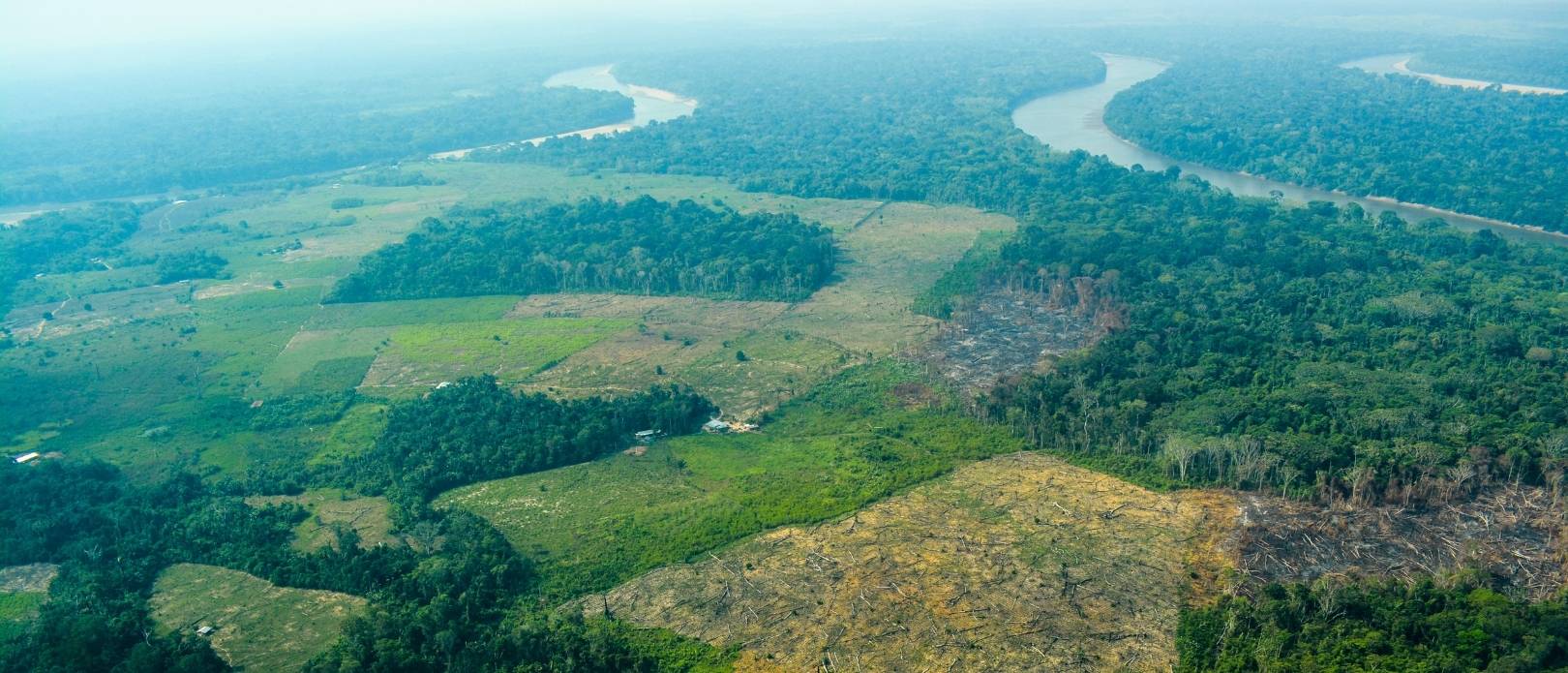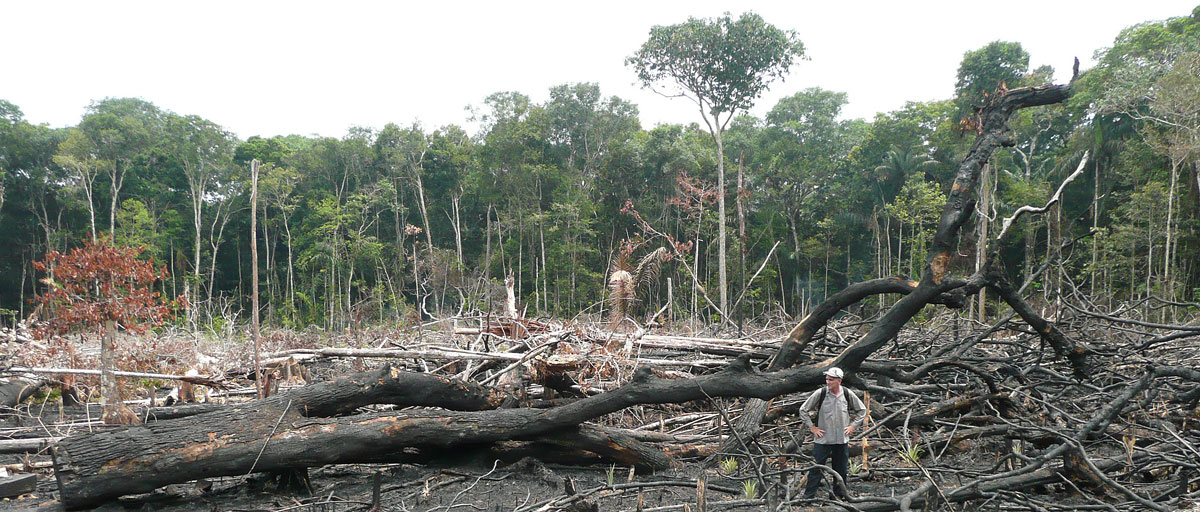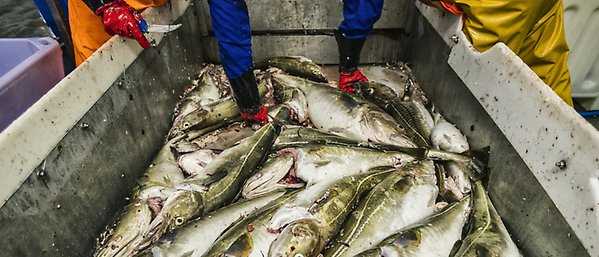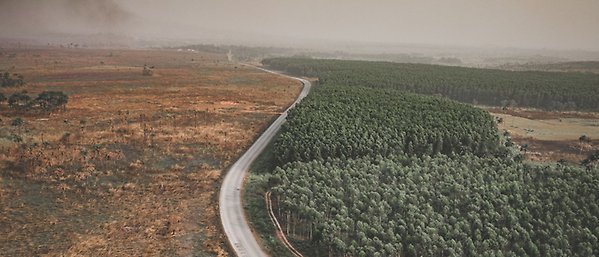CONFLICT
In Colombia, a new war rages on people and nature

Six years after the peace agreement was signed, violence against natural ecosystems and rural communities in Colombia is still rife. Photo: R. Botero, Fundación para la Conservación y el Desarrollo Sostenible.
Six years after the Colombian peace agreement, crucial ecosystems and local communities are still caught in the crossfire
- Land use conflicts have only been exacerbated since the signing of the peace agreement
- Development efforts are driving destruction of forests and other natural ecosystems
- The illegal drugs trade is intensifying conflicts, for instance as drug traffickers seek to consolidate their illegal wealth into land ownership
PEACE AT A PRICE: On paper, the armed conflict between the Colombian government and the FARC-EP guerrilla ended with a peace agreement in 2016. But the resulting power vacuum has caused massive land use changes at the expense of natural ecosystems and marginalised local communities.
This is the main argument of a new article featured in the journal Global Sustainability and co-authored by centre researcher Paula Andrea Sánchez García along with researchers from partner universities in Sweden, Colombia, Germany and the USA.
A new war on nature
During the decades-long conflict, forests in Colombia were unintentionally protected by insecurity and lack of infrastructure. But now, they are being cleared for agriculture, cattle ranching, extractive industries and infrastructure projects. This is threatening Colombia’s remaining forests and natural ecosystems, the authors of the briefing argue.
Land use change is partly driven by drug traffickers who seek to consolidate their illegal wealth into land ownership. Rural farmers, or campesinos, are displaced by this land grabbing and forced to turn to coca production or cattle ranching for survival.
To make things worse, corruption at all levels of government enables the illegal construction of roads, a key driver of deforestation. Meanwhile, international funds are fuelling the expansion of extractive industries such as mining in the name of development.
The departure of the FARC-EP opened forests to development, including the capitalist interests privileged through rural development implemented within the context of 'peace'.
Paula Andrea Sánchez García, centre researcher
A new war on people
Violence is still prevalent in Colombian society. The illegal drug trade, often with ties to former guerrilla members, exacerbates armed conflicts. Campesinos who cultivate coca are labelled environmental villains and subject to militarised conservation efforts, even though they often operate under pressure from established drug traffickers.
Those who speak out against this violence are often threatened or killed by the illegal and insurgent groups who benefit from the status quo. Colombia is currently the most dangerous country in the world for environmental human rights defenders, according to Global Witness (2021).
Current efforts from the state to combat coca production have little effect in the medium or long term, according to the authors. For instance, aerial spraying to destroy coca crops only pushes campesinos further into the forest and drives deforestation.
Colombia at a crossroads
The authors argue that the capitalist development interventions that have set the conditions of the peace since 2016 have failed to guarantee the stable and lasting peace that was promised.
Ecosystems and local communities are still under threat. Addressing the complex connections between peace and the environment will take long-term commitment, political will and social support.
Read A new war on nature and people – taking stock of the Colombian Peace agreement
Krause, T., Clerici, N., López, J., Sánchez, P., Valencia, S., Esguerra-Rezk, J., & Van Dexter, K. 2022. A new war on nature and people: Taking stock of the Colombian Peace agreement. Global Sustainability, 1-17. https://doi.org/10.1017/sus.2022.15
Questions? Contact Paula Andrea Sánchez García.

.jpg)






